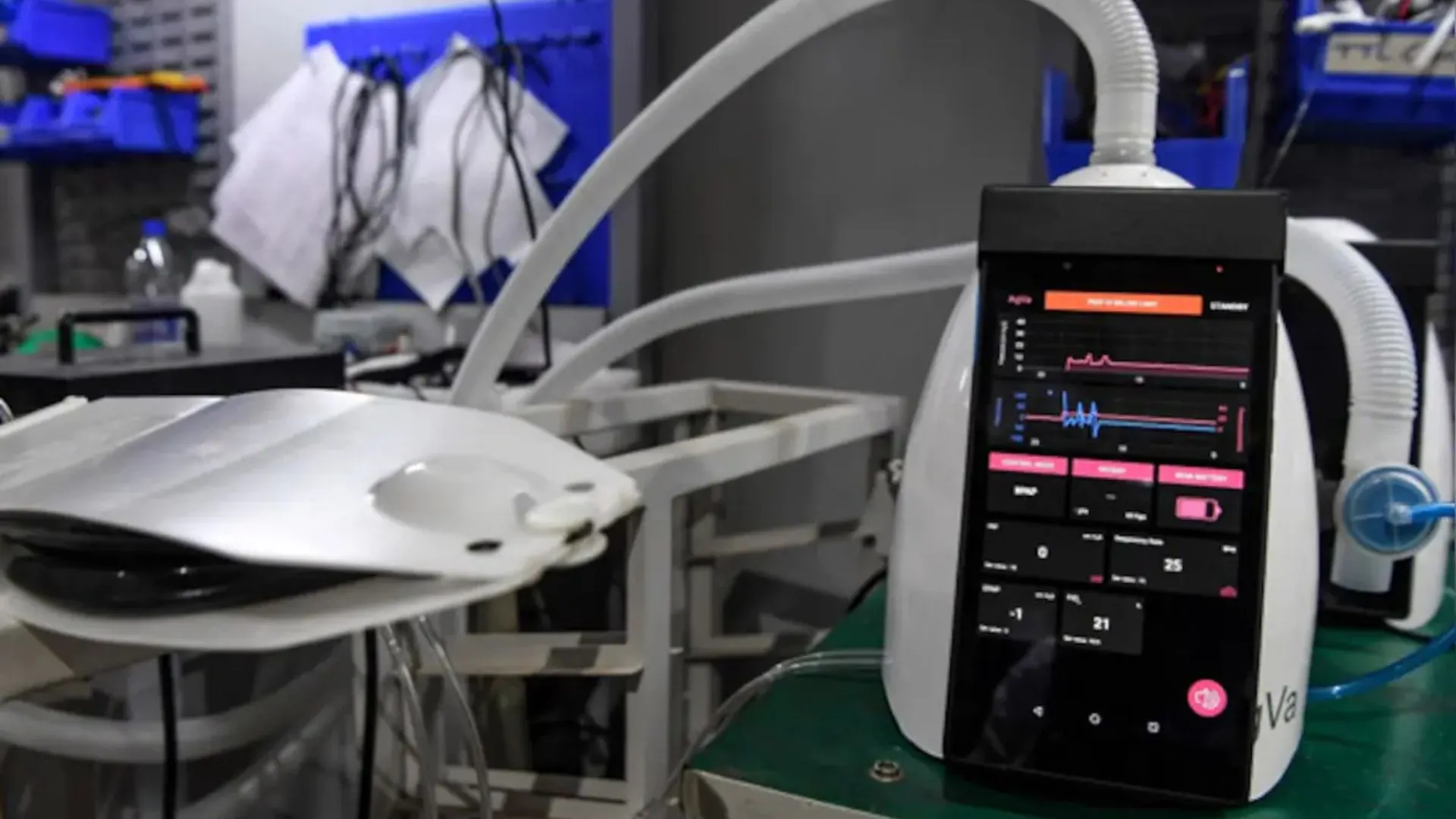Do you remember sitting in a class and being unable to grasp what was being taught? Why do you think that happened? Maybe you missed the introductory part of the chapter, and thus, couldn’t get a hold of its advanced stages. Or maybe, the teacher’s method left several gaps.
Today, with the advent of ed-tech, there is a growing awareness of the multiple issues in physical classrooms. Not every student has the same IQ or the same background knowledge of a subject. The one-size-fits-all approach, a staple of offline learning, has failed to deliver results for every student. Therefore, a transformation of the conventional approach to teaching and learning was the need of the hour.
Thanks to modern-day technologies, we are finally moving towards providing students with a classroom experience customised to their needs. While this shift to online learning was imminent, the covid pandemic gave it a boost, much like demonetisation promoted digital transactions in India. Even during the peak of the pandemic, digital education helped students keep pace with their academic year. Despite being out of the lockdown phase, digital learning is still witnessing tremendous growth all across the globe.
In acknowledging the need to foster digital learning for students pan-India, the government of India, in this year’s Union Budget, has proposed the setting up of a completely digital university. Not just India, but other nations are also investing heavily in providing digital infrastructure to boost online learning. According to a recent market research, the artificial intelligence (AI) and Robotic Process Automation (RPA) markets in the US education sector are expected to reach nearly $85 million by 2022-end.
HOW AUTOMATION ASSISTS EDUCATION
Automation in education offers a host of benefits. This includes saving time, increasing productivity, promising better feedback on projects and exams, allowing interactions between students and teachers, simplifying the student enrolment process, course registration, and tracking attendance, among others.
AI and RPA also help in tracking tuition payments, student loans, student scholarships, and other bills. In addition, RPA solutions can send an automatic SMS alert to a parent’s phone when their child unexpectedly misses school. Technology can also plan and prepare for key meetings crucial to educational processes.
Besides, AI and RPA can be of immense help in preparing a detailed progress report for every student. This will not only save teachers from extra hard work, but the data concerning students’ performance can also be extracted for their annual report cards. These technologies can seamlessly grade homework, quizzes, tests, papers, and projects for students. Consequently, teachers and administrators will have more time to focus on quality and meaningful interactions with students.
The University of Auckland with more than 40,000 students and 5,500 staff members, has said RPA enhanced the experience for students and eliminated time-consuming tasks for staff members. Deploying the cost-cutting technology also enabled the university to save 23,000 hours annually. However, the most significant change that AI and RPA bring to the table is their potential to provide students with tailored solutions. These modern-day technologies offer individualised teaching, allowing students of different skills to work together.
THE WAY FORWARD
Contrary to the popular notion, offline and online learning modes aren’t at loggerheads. They complement each other. Automation not only empowers students but academic administrators as well. According to 2019 Brookings research, only 27 percent of tasks in educational services can be automated using existing technologies.
The author is an alumnus of S.P. Jain Institute of Management and Research and is the co-founder of Board Infinity, a Full Stack Career Management platform.























